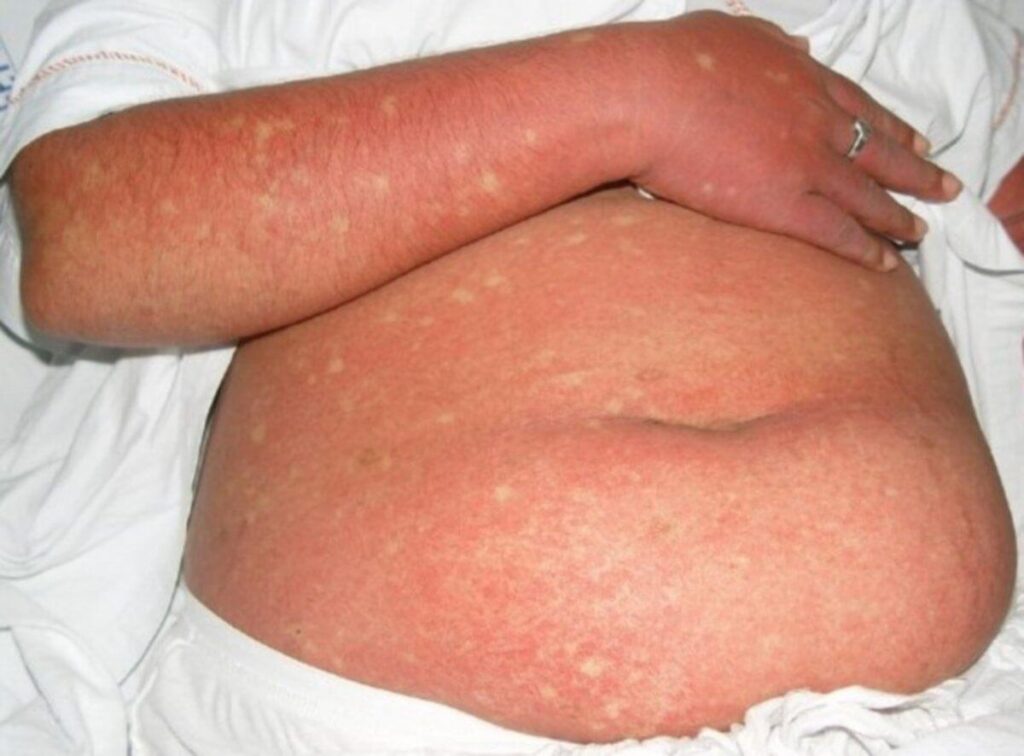The World Health Organization (WHO) has once again raised alarms over the escalating threat of dengue fever, a mosquito-borne viral disease that continues to affect millions worldwide each year. As urbanization and climate change contribute to the expanding reach of the Aedes mosquitoes responsible for transmission, WHO is urging countries to strengthen surveillance, enhance vector control measures, and ramp up public awareness campaigns. With dengue outbreaks occurring in tropical and subtropical regions across the globe, the international health body emphasizes the urgent need for coordinated efforts to prevent further spread and reduce the disease’s growing burden on public health systems.
Dengue Transmission and Global Impact According to WHO
Dengue fever, primarily spread through the bite of infected Aedes mosquitoes, has dramatically reshaped public health priorities globally. The World Health Organization highlights that these mosquitoes thrive in tropical and subtropical regions, making densely populated urban areas hotspots for transmission. Unlike many vector-borne diseases, dengue’s transmission cycle involves humans as the primary hosts, with the virus amplifying rapidly during outbreaks. This dynamic has led to sudden, widespread epidemics with severe public health consequences, especially in vulnerable communities.
WHO’s data reveal an alarming rise in cases worldwide, with an estimated 100-400 million infections annually. The impact is multifaceted, affecting healthcare systems and economies alike. Below is a snapshot of dengue’s burden by continent, showcasing the varying degrees of risk and prevalence:
| Continent | Estimated Annual Cases | Key Affected Regions | Outbreak Frequency |
|---|---|---|---|
| Asia | ~70 million | South & Southeast Asia | High |
| Americas | ~35 million | Caribbean, Latin America | Moderate |
| Africa | ~15 million | West & East Africa | Emerging |
- Rapid urbanization has intensified vector breeding grounds and human exposure.
- Climate change extends the geographic range of Aedes mosquitoes, increasing new risk zones.
- Global travel contributes to cross-border spread and seasonal outbreaks.
WHO Guidelines on Dengue Prevention and Control Measures
The World Health Organization (WHO) has established comprehensive strategies aimed at minimizing the impact of dengue through a combination of community engagement and vector control. Central to these efforts is the elimination of mosquito breeding sites by removing standing water in containers such as buckets, tires, and flower pots. WHO emphasizes the importance of using mosquito nets and repellents, especially during peak biting hours at dawn and dusk, to reduce human exposure to Aedes mosquitoes, the primary dengue vectors.
Innovative approaches are also encouraged, including the deployment of biological control agents and environmentally friendly insecticides to target larvae without harming beneficial insects. Public health campaigns foster awareness and encourage individuals to participate actively in prevention measures. Below is a summary of key control measures recommended by the WHO, illustrating the multi-layered approach necessary to combat this global health threat:
| Prevention Strategy | Key Actions |
|---|---|
| Environmental Management | Drain or cover water containers; clean gutters regularly |
| Personal Protection | Use mosquito repellents; wear long-sleeved clothes |
| Biological Control | Introduce larvivorous fish to water bodies |
| Community Involvement | Conduct awareness campaigns and mobilize local groups |
Expert Recommendations for Strengthening Community Engagement in Dengue Response
Maximizing the impact of community involvement is paramount in the fight against dengue. Experts emphasize the importance of tailored communication strategies that resonate with local cultures and languages, ensuring that prevention messages are both accessible and actionable. Collaborating closely with community leaders and health workers fosters trust and encourages collective responsibility, which is essential for sustained behavioral change. Deploying innovative tools such as mobile apps, social media campaigns, and interactive workshops can further enhance awareness and participation across diverse demographics.
Successful community engagement also depends on empowering residents with practical knowledge and resources. This includes:
- Regular training sessions on identifying and eliminating mosquito breeding sites;
- Provision of materials such as larvicide treatments and protective nets;
- Active involvement in monitoring and reporting dengue cases to local health authorities;
- Creation of neighborhood response teams to maintain vigilance and rapid action.
| Strategy | Key Benefit | Community Role |
|---|---|---|
| Localized Messaging | Improved comprehension | Share & promote materials |
| Training Workshops | Enhanced skills | Apply prevention methods |
| Resource Distribution | Better protection | Utilize tools effectively |
| Response Teams | Faster outbreak control | Coordinate efforts |
Wrapping Up
As dengue continues to pose a significant public health challenge across tropical and subtropical regions, the World Health Organization’s ongoing efforts remain crucial in combating the disease. Through coordinated surveillance, community engagement, and advances in vaccine development, WHO aims to reduce the global burden of dengue and prevent outbreaks. Staying informed and supporting these initiatives will be essential in the fight against this mosquito-borne threat.
